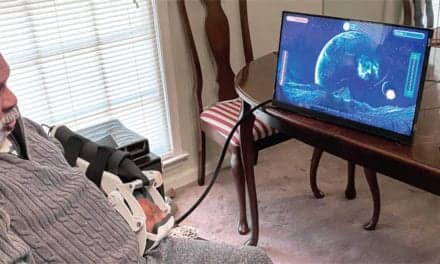A multifaceted initiative from the American Heart Association (AHA) and the American Stroke Association (ASA) has generated distinct improvements in the rate of patients suffering a stroke who receive tissue plasminogen activator (tPA) within an essential treatment window. According to a news release from the American Physical Therapy Association (APTA), the improved treatment rates have resulted in reduced in-hospital mortality, more frequent ambulation at discharge, and more frequent discharge to home, as indicated in the study published in JAMA.
The APTA news release notes that in order for tPA to work effectively, it has to be administered within 60 minutes of patient arrival. However, less than one-third of patients have been receiving it in this time frame. The low rate was the target of a treatment initiative called Target: Stroke developed by the AHA and ASA in 2010. The goal was to get hospitals to employ combinations of 10 evidence-based strategies to increase the “door-to-needle” timeframe.
The strategies included pre-notification of hospitals by emergency medical services personnel, premixing of tPA for possible candidates, and the creation of a single call system that could activate an entire stroke team. The initiative was accompanied by an extensive educational and public relations effort that included interactive video, webinars, and case studies of successful approaches utilized by hospitals.
The results of the initiative showed the number of patients receiving tPA within the 60-minute door-to-needle time increased from 29.6% to 53.3%, with related decreases in hospital mortality, intracranial hemorrhages, and fewer overall tPA complications (an initial worry among some experts). The APTA news release indicates that the improved treatment times also resulted in more frequent ambulation at discharge and a greater number of patients being discharged to home.
The authors of the JAMA study write, “These findings suggest that the 10 best practice strategies used with this initiative may have contributed to the benefits observed.” The authors also attribute the effective strategies to the reductions but also acknowledge the importance of hospital staff environment in making the initiative a success.
[Sources: JAMA, APTA]





